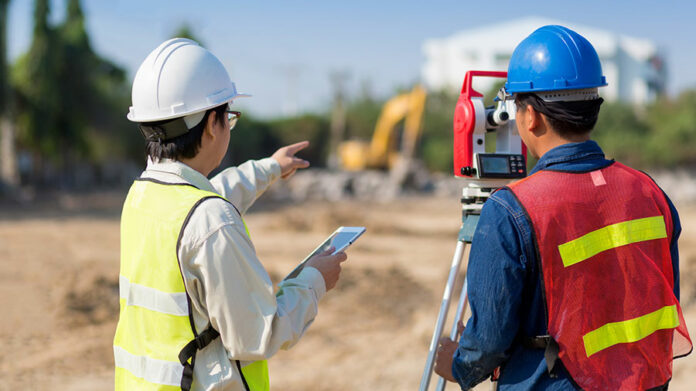The standard for safeguarding construction, alteration, and demolition operations specifies the guidance necessary to address hazards associated with construction and help keep construction workers safe.
From guidance about temporary construction, process and hazards, utilities and fire protection to specialized details like roofing operations, underground operations etc. The standard is necessary to designate responsibilities to the business owner as well as the construction team to ensure the safety of the workers.
The construction industry is one of the most dangerous industries in terms of workplace fatalities. Understanding the risks and keeping the workers safe on the job must be prioritized.
As construction site accidents are common, owing to the nature of the job, abiding by the standard helps maintain a safe work site and prevent loss of life. Hazards on the job include fall from height, falling objects, exposure to dangerous substances, dust inhalation and so on.
Prioritizing compliance to the standard helps maintain a dedication to safety. Prioritizing compliance would ensure that an unsafe workplace is not operational. Not adhering to the regulations can expose workers to fatal experiences and leave the company at risk of fines and penalties.
Reducing work-related accidents by prioritizing the standard for safeguarding construction, alteration and demolition operations goes beyond even worker safety. Construction site safety decreases the risk of injuries to the public as well. An unsafe environment can lead to fatal accidents at the community level that could harm citizens as well. Falling objects, electrocution, or being caught in between equipment are a few of the cases that could lead to accidental deaths and other injuries. Having an established process for safety reduces the risk of these types of accidents.
Besides the obvious benefits, compliance also protects the company. This in turn helps in keeping the workers’ jobs safe. Building a culture of safety by making safety requirements a condition of employment is one of the key ways to prevent mishaps. Hosting regular training for both stakeholders and employees ensure that everyone takes safety seriously and clearly understands the nuances of safety recommendations.
Preventive measures such as PPE etc. augment worker safety and the safety of the general public as well. The use of PPE especially in transmittable environments prevents exposure to harmful substances and prevention of the spread of these potentially infectious materials.
The standard addresses all owner responsibilities which help in identifying the roles and responsibilities of the business owners, contractors, employees and other relevant parties. These guidelines related to construction, alteration, and demolition ensure that complex safety situations are addressed in a proper manner. When businesses are charged with the responsibility of maintaining a safe environment at all times and especially during construction, the standard ensure seamless operations and a content workforce.
Construction site accidents not only drive up the overall cost of the project but also lead to loss of wages due to delayed timelines, restricted permits etc. Many a time equipment or supplies are damaged which leads to increased costs. Keeping the construction site safe helps limit risks. Following standards for safety on the construction site is crucial to protecting workers, protecting the public and optimizing operations.
The standard for safeguarding construction, alteration, and demolition operations must be prioritized to create a culture of safety in the company and prioritizes human lives over profits.
Authored by;

Hemant Sapra, Co-Founder and President of Karam Group talks about the safety culture and the role of the standard for safeguarding construction, alteration, and demolition operations.


